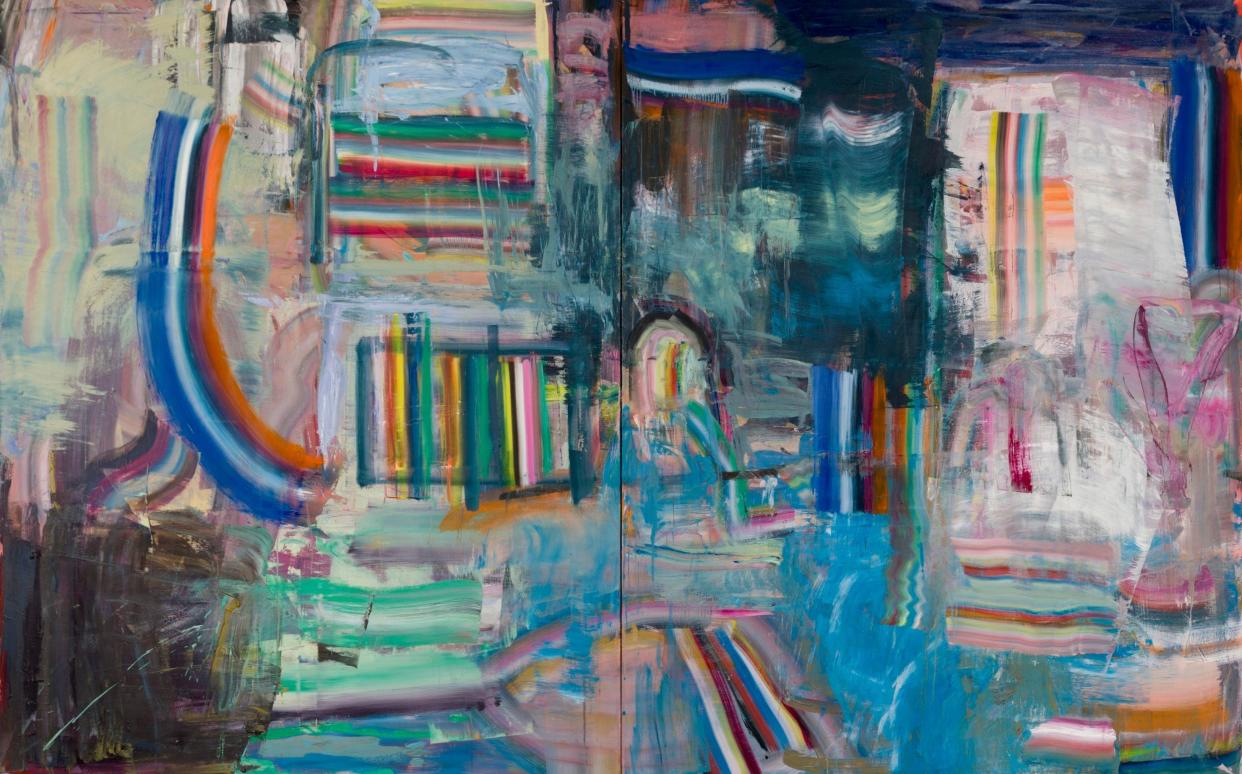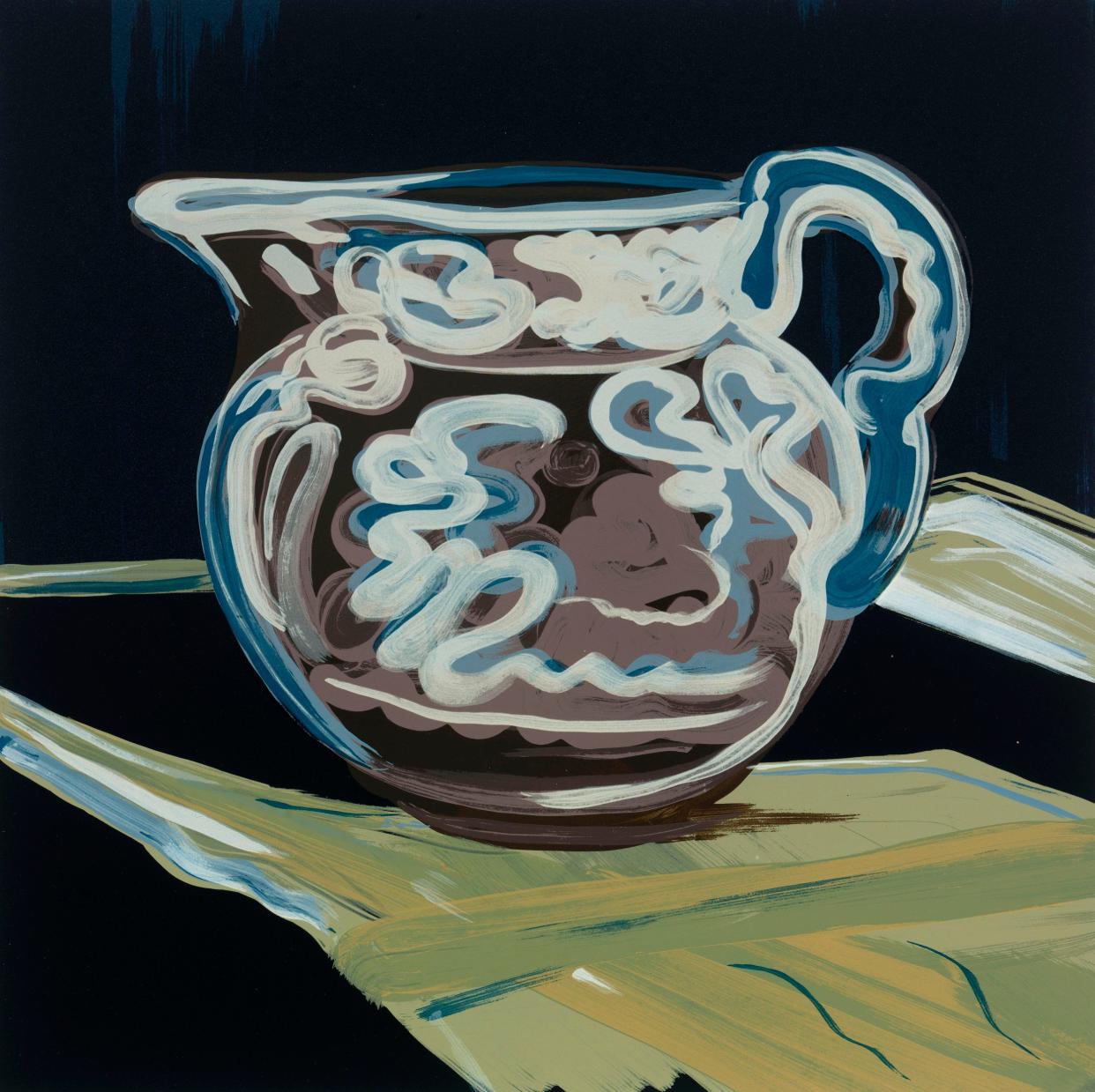The Royal Academy’s Summer Exhibition needs a kick up the backside

Help! A monster is menacing the courtyard of Burlington House. Like a kraken from the depths, it seems to writhe and thrash, waving dark-brown tentacles at a statue of the Royal Academy’s first president, Joshua Reynolds. After an hour or two at this year’s Summer Exhibition, I found myself wishing that this leviathan – in fact, a “monumental textile sculpture” (and part of the show) by British artist Nicola Turner – would come for me.
Usually, I find at least a few fond words for the Summer Exhibition, for which many have a soft spot, despite its maddening incoherence. Yet, the 256th edition – seemingly more swollen than ever, with 1,710 works – is a heap of tedious, shambling parochialism and humdrum bilge. And I’m not talking about the public’s submissions, an oddly endearing hodgepodge of pictures of animals (mostly pooches, plus a puffin) and, um, trees. (As if its audience were primary-school children, the hanging committee identifies the latter as a theme.) Is there any point in lambasting, say, an inoffensive ceramic model of King’s College Chapel? Or a shelf of knitted cosies for milk cartons and an ice-cream tub?
Rather, my beef is with some of the professional elected members of the Academy, each of whom is entitled to submit up to six works. There may be redemptive flashes: Veronica Ryan, for instance, pulls off an elegant hang, against turmeric-coloured walls, within the Lecture Room; the Large Weston Room, arranged by Cornelia Parker, has moments of wit. The rot, though, starts at the top.

British sculptor Ann Christopher is this year’s “coordinator”, but what does her nothingy overarching concept – “making space” – mean? In two galleries, she hangs pieces by the Academy’s president, Rebecca Salter: dull grey abstracts that teem with bacterial blobs like enlarged microscope slides of blandness; wallflowers when compared with a vast, nearby collage of woodcuts by Anselm Kiefer, which depicts apocalyptic, triffid-like sunflowers looming over a body.
The first couple of rooms are similarly forgettable. They’ve been curated by Hughie O’Donoghue, who adopts the same old approach: essentially, spray the hose of submissions against the walls. Here, Anthony Whishaw’s Spinney with Startled Birds, like a storyboard for an Alfred Hitchcock horror flick, is available, astonishingly, for £47,000.

Some Academicians, predictably, use this opportunity to leap onto a soapbox: Michael Sandle’s charcoal and conté depiction of a sinister Israeli fighter pilot is self-regarding and one-dimensional. Others – if, that is, like Grayson Perry, they haven’t avoided the annual amateur hour altogether – seemingly cringe at being involved.
For instance, “first-time hanger” Hurvin Anderson – an artist I admire – hasn’t included anything by his own hand in Gallery 5, for which he’s responsible: tacit acknowledgement, perhaps, of the madness of presenting art in such a haphazard, unsympathetic manner. (Various titles in this year’s list of works – Waste of Space, A Fine Mess – provide a meta-commentary on the show at large.) Elsewhere, Anderson offers two apologetically tiny, half-baked monochrome studies, each on sale for £14,400.
Photographer Wolfgang Tillmans, meanwhile, seems to moon at the whole shebang. Neuer Rückenakt presents an imposing male nude from behind, so that his bare buttocks (and silhouetted scrotum) are conspicuous. Cheeky? You bet. But the Summer Exhibition could do with a kick up the backside.
From Tues June 18; royalacademy.org.uk


